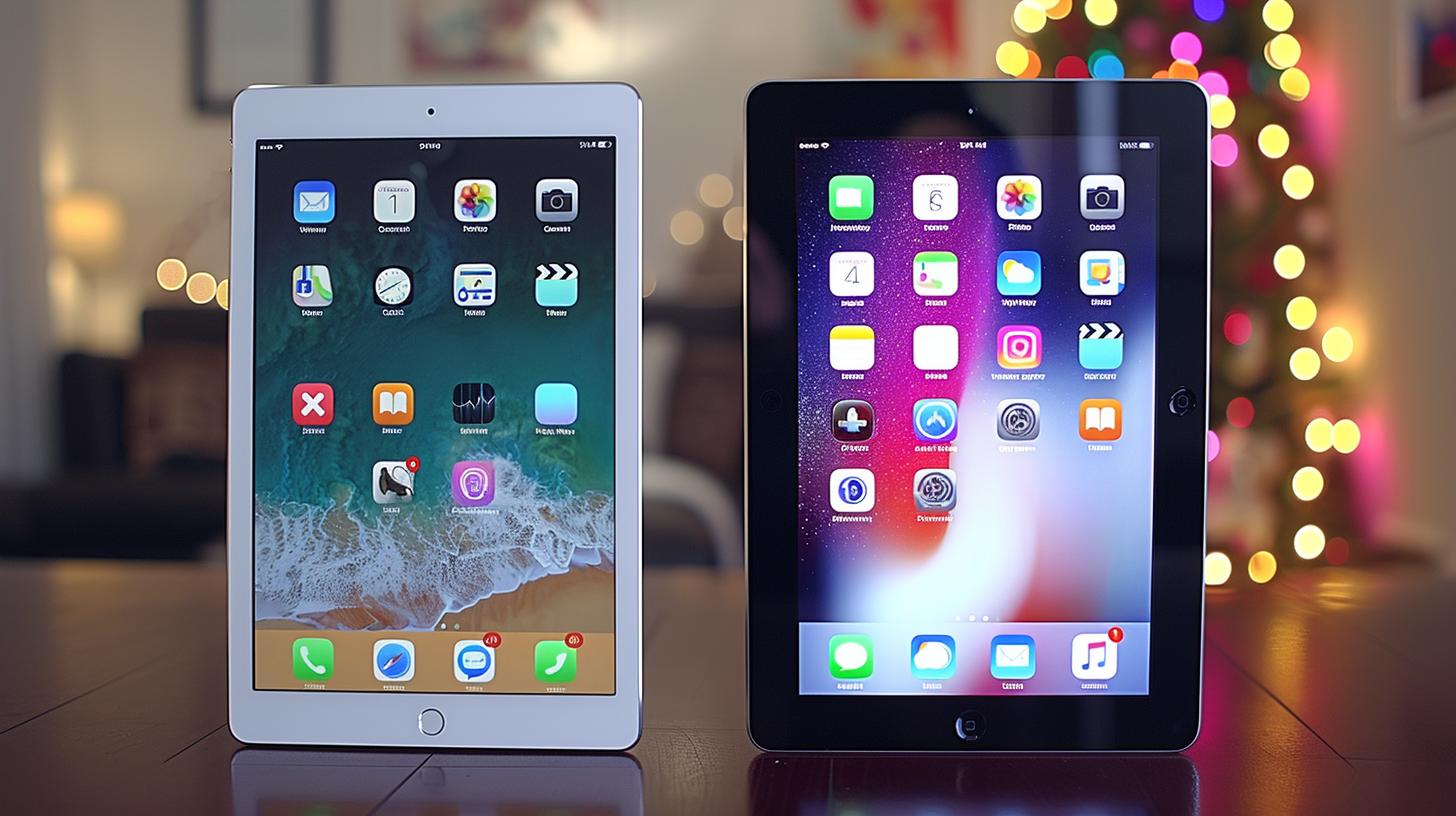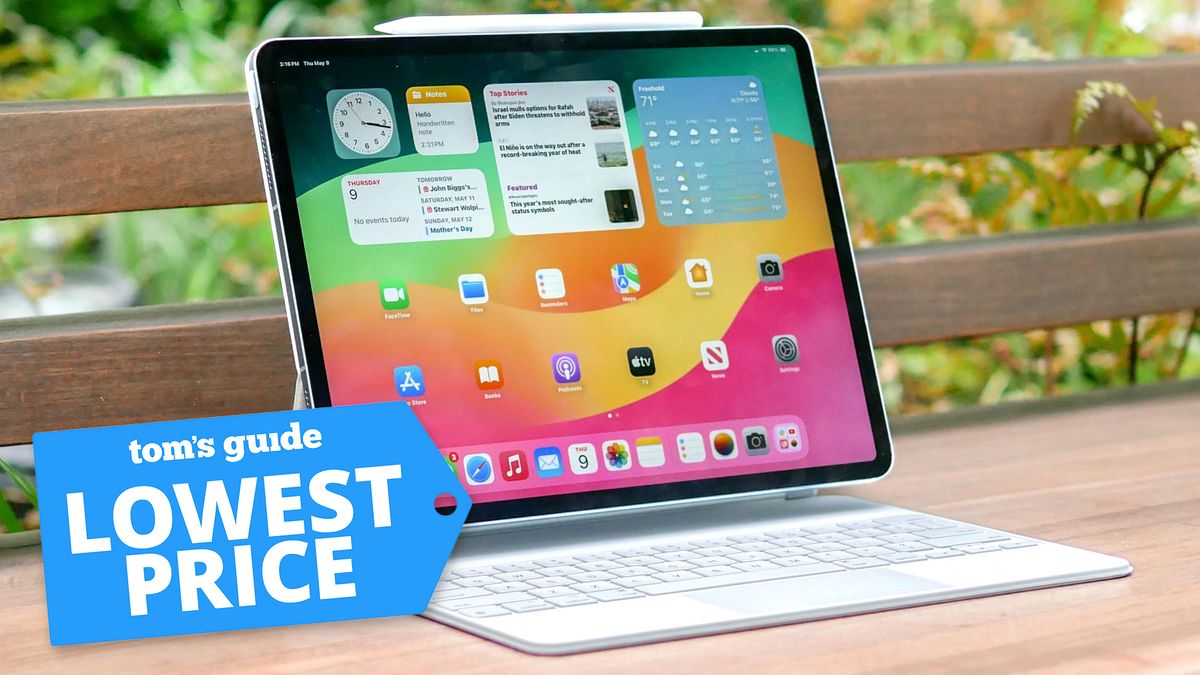
What’s the difference between the iPad and a tablet? In today’s tech-savvy world, the terms “iPad” and “tablet” are often used interchangeably, leading to confusion among consumers. The iPad is a type of tablet, but not all tablets are iPads. Understanding the nuances between the two can help users make informed decisions when purchasing a device that suits their needs.
The iPad, introduced by Apple in 2010, revolutionized the way we use technology. Meanwhile, tablets have been around since the early 2000s but gained significant popularity with the release of various Android models. Given their widespread use and availability, it is crucial to understand what sets an iPad apart from a generic tablet to ensure that consumers make the right choice for their individual needs.
In this article, we will delve into the distinguishing features of iPads and tablets, providing an overview of each and highlighting their unique characteristics. By examining factors such as hardware design, operating systems, software ecosystems, pricing, and value, readers will gain insight into how these devices differ from one another and which option may be best suited for their specific requirements.
The iPad
One of the key differences between the iPad and a standard tablet is the operating system. iPads exclusively run on iOS, which is optimized for Apple’s hardware and provides a seamless user experience. This means that iPad users have access to exclusive features such as FaceTime, iMessage, iCloud, and seamless integration with other Apple devices. On the other hand, tablets typically run on operating systems such as Android or Windows, offering different functionalities and app availability.
Another distinguishing factor is the hardware build quality and design of the iPad. Apple prides itself on its sleek and minimalist design aesthetic, with high-quality materials and attention to detail in manufacturing. iPads are known for their retina display screens, powerful processors, and long battery life, making them a top choice for users seeking premium build quality.
In terms of market positioning, iPads are generally positioned as premium tablet devices targeted at users who value performance, design, and an integrated ecosystem. The target audience for iPads includes professionals seeking productivity tools, creative individuals using design software or digital art applications, students needing study resources or note-taking capabilities, as well as casual users looking for entertainment options.
| Differences | iPad | Tablet |
|---|---|---|
| Operating System | iOS | Android or Windows |
| Hardware Build Quality | Premium design materials | Variety of build qualities |
Overall, understanding the key differences between iPads and tablets can help potential buyers make informed decisions based on their specific needs and preferences. Whether it’s for work, school, creativity, or entertainment purposes, choosing between an iPad or a tablet ultimately comes down to factors like operating system preference, hardware specifications, app ecosystem accessibility, pricing considerations with long-term value in mind.
The Tablet
A tablet is a mobile device that falls between a smartphone and a laptop in terms of size, features, and capabilities. These devices are designed with touch screens, allowing users to access a wide range of applications, browse the internet, watch videos, and perform various tasks on the go. Tablets have gained popularity due to their portability and versatile functionality, making them an attractive option for consumers looking for a device that can meet their entertainment and productivity needs.
There are several brands offering tablets in the market, each with its own range of models catering to different user preferences and requirements. Some of the most popular tablet manufacturers include Samsung, Amazon, Lenovo, Huawei, Microsoft, and more. These brands offer a variety of options in terms of screen sizes, display resolutions, processing power, storage capacity, and built-in features such as cameras and audio systems.
Tablets commonly run on operating systems such as Android or Windows OS but can also be found with iOS operating systems used by Apple iPads. There is also a wide range of accessories available for tablets including keyboards, styluses and cases tailored to enhance the user’s experience or protect the device from damage.
| Aspect | Data |
|---|---|
| Brands | Samsung, Amazon Lenovo,Huawei,Microsof |
| Operating System | Android or Windows OS/iOS (Apple iPad) |
Hardware Comparison
The hardware comparison between iPads and tablets is an important factor to consider when deciding which device to purchase. Whether you are looking for a device for work, entertainment, or creativity, understanding the differences in design, build quality, screen size and resolution, as well as processing power and performance can help you make an informed decision.
Differences in Design and Build Quality
One of the key differences between iPads and other tablets is the design and build quality. iPads are known for their sleek and minimalist design, with a focus on high-quality materials such as aluminum and glass. On the other hand, tablets from various brands may vary in terms of design, with some focusing on lightweight and portable designs while others prioritize durability.
Variations in Screen Size and Resolution
Another important aspect to consider when comparing iPads and tablets is the screen size and resolution. iPads come in various sizes, from the compact iPad Mini to the larger iPad Pro models, all with high-resolution Retina displays. Tablets, on the other hand, come in a wide range of screen sizes and resolutions depending on the brand and model.
Varied Processing Power and Performance
When it comes to processing power and performance, iPads are known for their powerful A-series chips that deliver smooth performance for multitasking, gaming, and content creation. Tablets running on Android or Windows operating systems also offer varying levels of processing power depending on the brand and model. Understanding your specific performance needs can help you determine which device will best suit your use case requirements.
Operating Systems
When it comes to the difference between an iPad and a tablet, one of the key factors to consider is the operating system each device runs on.
Here’s a breakdown of the operating systems used by iPads and tablets:
- iPads exclusively use iOS as their operating system. iOS is known for its user-friendly interface, seamless integration with other Apple devices, and regular updates.
- On the other hand, tablets run on a variety of operating systems such as Android, Windows, or in some cases, even custom operating systems developed by the manufacturers.
The choice of operating system can significantly impact the user experience and app availability for both iPads and tablets. For example, iOS offers a more curated and unified experience across Apple devices, while Android provides greater customization options for tech-savvy users.
Moreover, the availability of apps differs based on the operating system. iPad users have access to the Apple App Store, which is well-known for its high-quality and diverse range of applications optimized for iOS. Tablets running on Android or Windows have their own app libraries which may offer different selections of apps catering to various needs.
Ultimately, when deciding between an iPad and a tablet, understanding the difference in operating systems is crucial in determining which device best suits your preferences and requirements.
Software and App Ecosystem
The software and app ecosystem for iPads and tablets is an important factor to consider when deciding between the two devices. The availability and quality of apps can greatly impact the user experience and overall value of the device.
iPads: Access to Apple App Store
One of the key differences between iPads and other tablets is their exclusive access to the Apple App Store. This means that iPad users have access to a wide selection of high-quality apps that are optimized for their device. The App Store offers a variety of productivity, entertainment, and gaming apps that take advantage of the iPad’s unique features such as the Apple Pencil and multitasking capabilities.
Tablets: Alternative App Libraries
On the other hand, tablets running on Android, Windows, or other operating systems have access to alternative app libraries such as Google Play Store or Microsoft Store. While these platforms offer a large number of apps, they may not always be optimized for specific tablet models and may vary in terms of quality and performance.
When it comes to software and app ecosystem, potential buyers should consider their specific needs and preferences. For those who value a curated selection of high-quality apps that are designed specifically for their device, an iPad may be the better choice.
However, for users who prioritize flexibility and customization in app selection, a tablet running on a different operating system may be more suitable. Ultimately, understanding the differences in software and app ecosystem can help make an informed decision when choosing between an iPad and a tablet.
Price and Value
When it comes to comparing the price and value of iPads and tablets, there are several factors to consider. Firstly, iPads are known for their premium pricing, often positioning themselves as high-end products with a corresponding price tag. On the other hand, tablets come in a wide range of prices, from budget-friendly options to more expensive models with advanced features.
In terms of long-term value and resale potential, iPads tend to hold their value well in the market. This is partly due to the strong brand reputation of Apple and the perceived quality of their products. Additionally, because iPads receive regular software updates for several years, they can remain functional for longer periods of time compared to some lower-priced tablets that may become outdated more quickly.
For those considering purchasing a tablet based on cost-benefit analysis, it’s important to assess individual needs and priorities. Someone who prioritizes design, build quality, and access to exclusive Apple services may find the higher price of an iPad justified. On the other hand, someone looking for a more affordable option with basic functionalities may find better value in a less expensive tablet.
Ultimately, understanding the price and value differences between iPads and tablets allows consumers to make informed decisions based on their specific needs and budget constraints. It’s crucial for potential buyers to carefully consider what they prioritize in a device and how much they are willing to invest in it. Whether opting for an iPad or a tablet, conducting thorough research into available options is key in making the best choice possible.
Conclusion
In conclusion, it is evident that while the iPad falls under the category of tablets, there are significant differences between the two. The iPad boasts a sleek design, high-resolution display, and powerful processing capabilities.
It also benefits from access to the exclusive Apple App Store and seamless integration with other Apple products. On the other hand, traditional tablets offer a wide range of options in terms of brands, operating systems, and price points, catering to different user preferences and budgets.
For consumers looking for a seamless and integrated tech experience with their existing Apple devices, the iPad is the clear choice. Its premium build quality and access to top-tier apps make it a valuable investment for those willing to pay a higher price.
However, individuals seeking affordability and flexibility in choosing an operating system may find traditional tablets more suitable for their needs. As such, potential buyers should carefully evaluate their specific requirements and budget constraints before making a purchase decision.
In light of these considerations, it is recommended that interested buyers conduct further research or seek expert advice to determine which option best aligns with their individual needs and preferences. Ultimately, understanding the differences between iPads and tablets is crucial in making an informed purchasing decision that will meet both immediate requirements and long-term satisfaction.
Whether it’s for work, entertainment, or education purposes, taking the time to delve into these distinctions will ensure a more satisfying ownership experience with either device.






